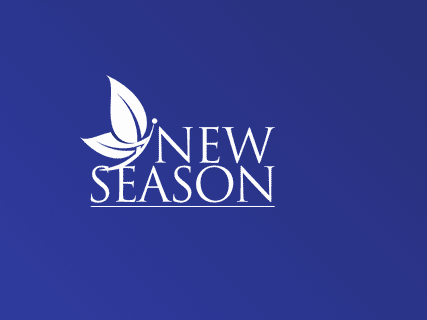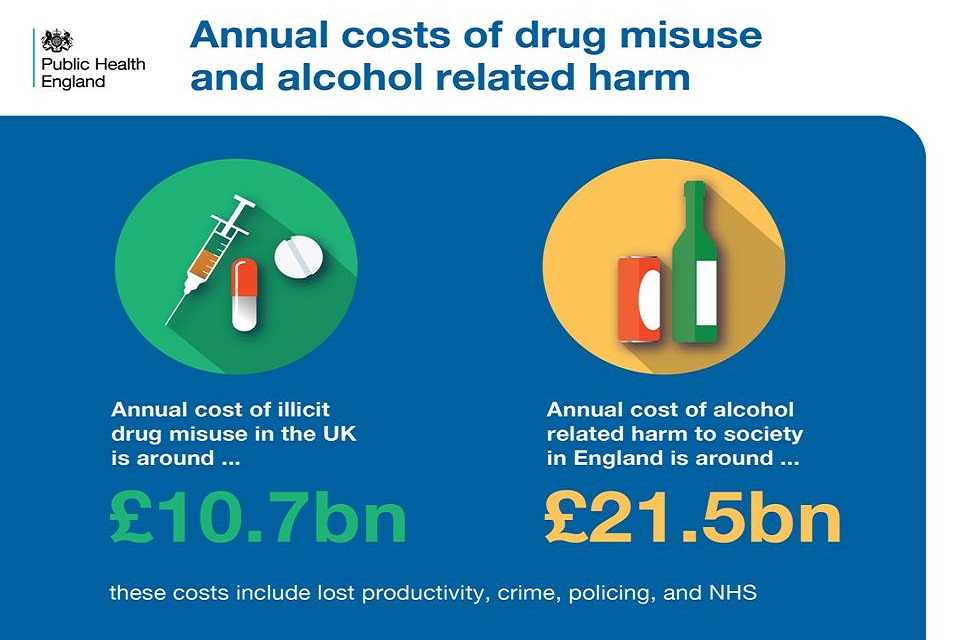ShortTerm Inpatient Treatment (SIT) is the healing technique mainly used in programs oriented towards insured populations (Gerstein 1999). SIT is a highly structured 3 to 6week inpatient program. Clients get psychiatric and mental evaluations, assist in establishing a healing strategy based upon the tenets of AA, go to educational lectures and groups, meet separately with therapists and other professionals, and take part in household or codependent therapy.
Lots of shortterm property programs include some sort of treatment intervention for customers' household members. The Hazelden Household Center, for example, is a 5 to 7day property family program that explores relationship issues common among families with a member who abuses compounds. A majority of the household programs used in shortterm residential treatment involve psychoeducational family groups.
There is no reason household treatment can not be integrated into shortterm property programs, though the short period of treatment may require more extensive and longer (than 1 hour) sessions due to the fact that deal with a family will often end when the customer with the substance usage condition leaves treatment. Sadly, customers may need to become taken part in a totally different system for their continuing care, as financing for services might not bring over.
If family therapy is being contributed to an inpatient residential program, it should not replace family going to hours. Clients likewise need leisure time with their families. Some shortterm domestic programs might deliberately avoid consisting of household treatment since service providers think that clients in early healing are unable to handle agonizing concerns that typically develop in household therapy.
A longterm property (LTR) program will offer roundtheclock care (in a nonhospital setting), in addition to intensive drug abuse treatment for an extended period (ranging from months to 2 years). The majority of LTR programs consider themselves a type of restorative community (TC), however LTRs can use additional treatment models and techniques, such as cognitivebehavioral treatment, 12Step work, or regression prevention (Gerstein 1999). The traditional TC program supplies residential take care of 15 to 24 months in a highly structured environment for groups ranging from 30 to a number of hundred clients.
The Ultimate Guide To What Political Parties Oppose Treatment Of Opioid Addiction
In addition to helping clients stay away from drug abuse, TCs work on eliminating antisocial habits, developing employment abilities, and instilling favorable social mindsets and worths (De Leon 1999). TC treatment is not limited to specific interventions, but involves the entire community of personnel and clients in all day-to-day activities, consisting of group therapy sessions, conferences, leisure, and work, which may involve employment training and other assistance services.
Group sessions may sometimes be quite confrontational. A TC generally likewise features plainly defined benefits and penalties, a specific hierarchy of responsibilities and opportunities, and the pledge of movement through the customer hierarchy and to staff positions. The TC has ended up being a treatment choice for incarcerated populations (see the upcoming IDEA Compound Abuse Treatment for Adults in the Crook Justice System [CSAT in development j] and a customized variation of the TC has been shown to be reliable with customers with cooccurring substance usage and other mental illness (for more details on the modified TC, see the forthcoming IDEA Drug abuse Treatment for Persons With CoOccurring Disorders [CSAT in advancement k], a modification of POINTER 9 [CSAT 1994b]. Clients in TCs typically do not have standard social skills, originated from broken houses and denied environments, have gotten involved in criminal activity, have poor employment histories, and abuse numerous substances.
As Gerstein notes, the TC environment in numerous methods "simulates and enforces a design household environment that the client did not have during developmentally crucial preadolescent and teen years" (1999, p. 139). Family treatment is not typically an intervention provided in TCs (a minimum of not in the United States), but TC programs can utilize household therapy to assist customers, specifically when preparing them to return to their homes and communities.
It is also the most diverse, and the kind of treatment provided, along with its frequency and intensity, can differ greatly from program to program. Some, such as those that provide walkin services, might use only psychoeducation, while extensive day treatment can measure up to residential programs in series of services, evaluation of customer requirements, and efficiency (National Institute on Drug Abuse 1999a ). The most typical variety of outpatient program is one that provides some type of counseling or treatment one or two times a week for 3 to 6 months (Gerstein 1999). what is the first step of drug addiction treatment.
Some outpatient programs use case management and recommendations to required services such as trade training and housing help, however seldom offer such services onsite, not since they do not see the requirement, however due to the fact that financing is unavailable. The services are often offered in specific programs for clients with cooccurring substance use and other mental illness.

Examine This Report about What Is The Treatment For Drug Addictaion

Compared to inpatient treatment, it is less costly and enables more flexibility for customers who are used or have household responsibilities that do not permit them to leave for an extended period of time. Research has demonstrated, just like many other techniques, that the longer a client remains in outpatient treatment the better are his possibilities for keeping abstaining for a prolonged time period.
For this factor, exit planning, resource info, and neighborhood engagement should begin in the beginning of treatment. Due to the fact that of the great diversity in services offered by outpatient treatment programs it is difficult to generalize about using household therapy. Certainly, however, family therapy can be carried out in this setting, and a variety of outpatient treatment programs offer different levels of household intervention for their customers.
( Methadone needs a day-to-day dose, but LAAM just https://rivernsfz808.edublogs.org/2020/10/17/the-greatest-guide-to-how-to-talk-to-employer-discretely-about-needing-treatment-for-addiction/ needs to be administered every 2 or 3 days.) This pharmaceutical replacement acts to avoid withdrawal signs, reduce drug craving, get rid of euphoric results, and stabilize mood and mental states. what are some forms of treatment available to those suffering from opioid addiction?. The side effects of these prescribed medications are minimal, and they are administered orally, thereby getting rid of a lot of the threats connected with injection drug usage.
Physicians might give it or prescribe it to customers in their offices if they (1) obtain a waiver exempting them from Federal requirements concerning recommending illegal drugs and (2) get subspecialty board accreditation or training in treatment and management of clients with opioid dependence. Info and training are available at SAMHSA's Website (www.buprenorphine.samhsa.gov).
CSAT's Division of Pharmacologic Therapies handles the daytoday regulative oversight activities needed to execute new SAMHSA policies (42 C.F.R. Part 8) on making use of opioid agonist medications (methadone and LAAM) approved by the FDA for dependency treatment. These activities include supporting the certification and accreditation Website link of more than 1,000 opioid treatment programs that collectively deal with more Mental Health Facility than 200,000 clients annually (more info can be found at www.dpt.samhsa.gov). Opioid dependency treatment has actually been revealed to be an effective method to reduce the hazardous repercussions of compound abuse, lower criminal activity, slow the spread of HELP in the dealt with population, decrease the customer death rate, and curb illicit compound use (Effective Medical Treatment of Opiate Dependency 1997; Gerstein 1999).